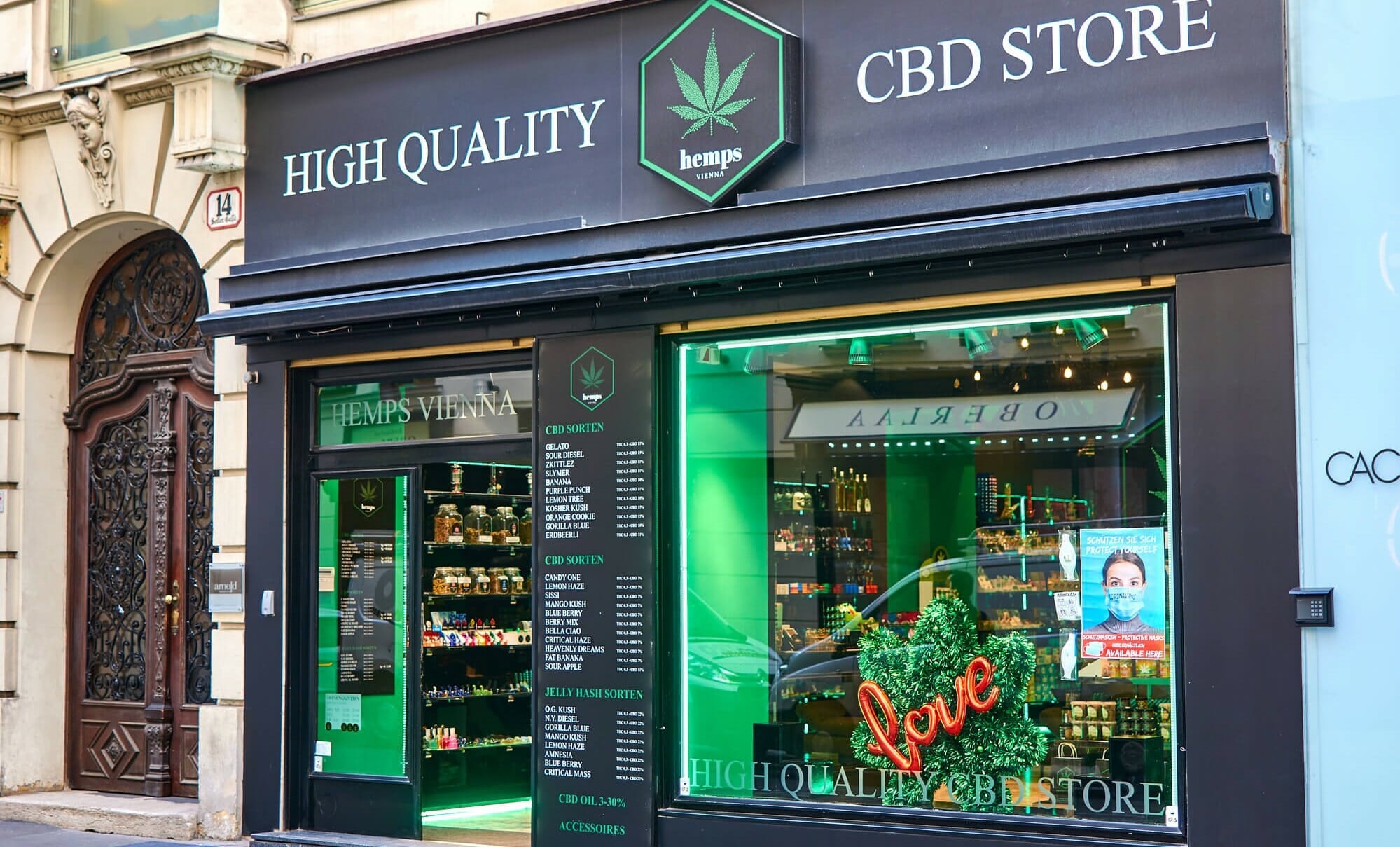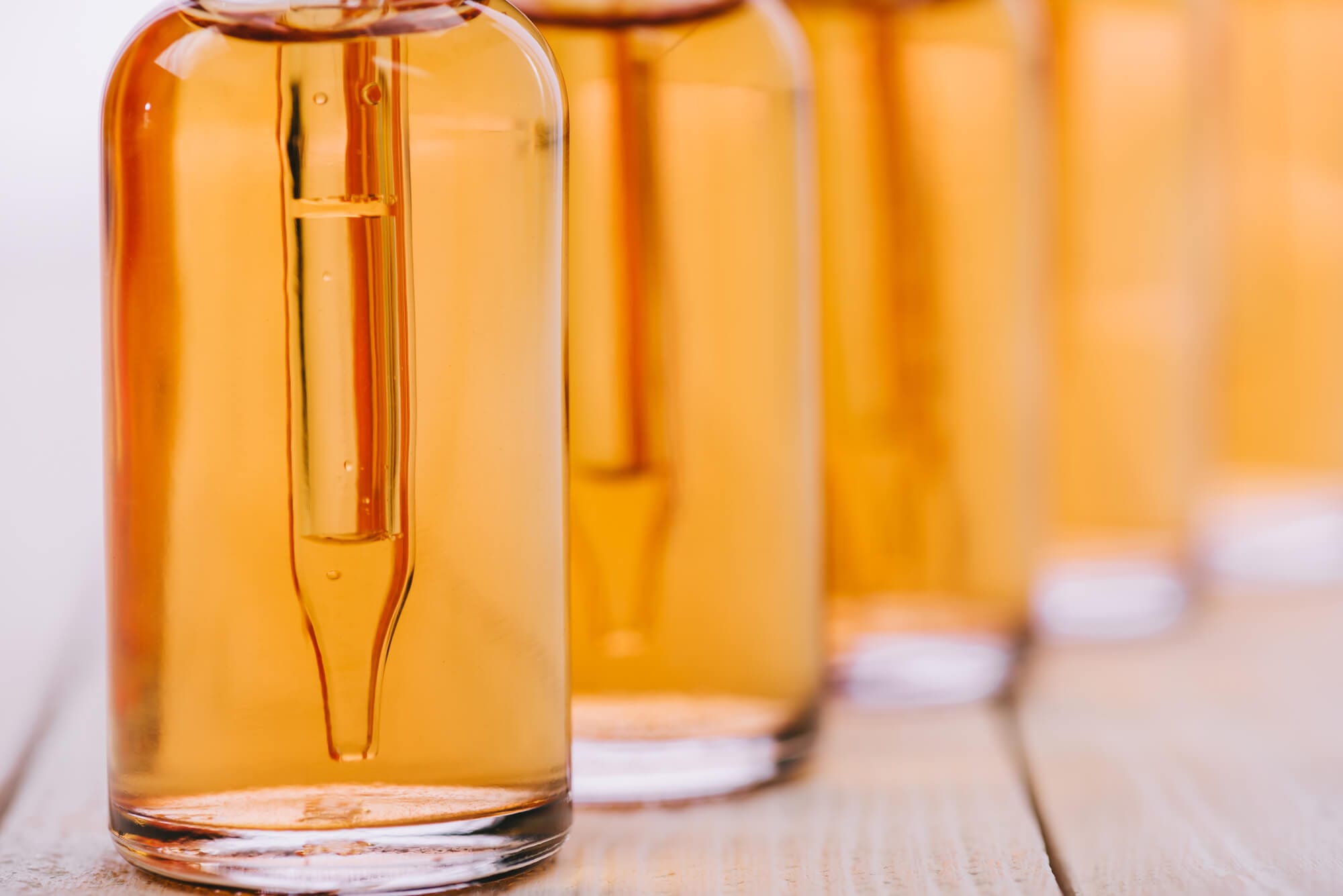
CBD (cannabidiol) seems like a relatively new industry, as it was just a few years ago that we all began seeing CBD oils, beverages, and other products popping up in stores and ads everywhere.
Most Americans know that CBD comes from cannabis, which has a turbulent history in this country with legalization concerns and changes continuously occurring. The story of CBD begins with a history lesson in hemp in the United States.
Hemp in the Americas
So, how does CBD fit into this rollercoaster of cannabis history? Well, the first person to successfully extract CBD from cannabis was a Harvard graduate and chemist named Roger Adams. Surprisingly enough, Adams had no idea he had successfully extracted CBD until years later when he and other scientists uncovered what he had accomplished and began their research efforts into the unexplored world of CBD.
In 1946, Dr. Walter S Loewe conducted the first tests utilizing CBD on lab animals — which was a groundbreaking development in proving that it does not cause an altered state (unlike THC).
This same year, Dr. Raphael Mechoulam identified CBD’s three-dimensional structure — which is why he’s so often cited as the one who first discovered CBD. Decades later, Mechaoulam made another significant breakthrough when he ran a study showing how CBD could help treat epilepsy.
Even with all of these incredible breakthroughs and discoveries, cannabis (including CBD) was still being targeted as a narcotic. Nixon’s war on drugs didn’t do it any favors, and those drugs with no potential medical benefits and a high potential for abuse were considered “Schedule 1” narcotics.
During this time, some Schedule 1 Narcotics included:
• Heroin
• Peyote
• LSD
• All forms of cannabis
This classification drastically reduced the potential for research and study, and Mechoulam’s life work was being slowed at every turn.
That is until the endocannabinoid system (ECS) was uncovered in 1988 by Allyn Howlett and William Devane. These two researchers found this incredible network of receptors in a mouse, leading to a better understanding of how the human body not only has receptors for cannabinoids but also produces them.
A few years later, Mechoulam and his associates found two of the major cannabinoids produced in the body — referring to them as endocannabinoids.
• Anandamide
• 2-AG
More research continued as the ECS’s complexity, and importance became increasingly clear — as it plays an integral role in homeostasis and balancing out crucial functions of the human body. These breakthroughs changed how cannabis was not only researched but viewed within the medical and scientific community.
History of CBD
Cannabis has been around for a very, very long time. For thousands of years, this plant has made its way through civilizations for various reasons. It was even prescribed by mystical emperors in ancient China for its medicinal properties as far back as 2727 BC.
Now, fast forward to Christopher Columbus and his voyage to the “new world,” and we begin to see how hemp quickly became a cash crop. Primarily used for its fiber as a way to construct durable rope, it spread throughout the colonies and was even declared that settlers were required to grow cannabis for fiber production.
By the late 18th century, early American medical journals cite the use of hemp seeds and roots for treating inflamed skin — a practice still used today with topical CBD face oil solutions.
With cannabis having such an influential and ingrained part of American history, you’re probably wondering how abolition fits into the equation.
Up until the late 19th century, cannabis (hemp in particular) was an accepted part of American culture. However, attitudes shifted fairly quickly as citizens were dealing with a drug crisis that had nothing to do with cannabis. During this time, there was a morphine addiction issue that was plaguing roughly 5% of Americans due to its inclusion in popular medicines. So, the government decided to introduce new legislation that created the Food and Drug Administration to prevent “secret ingredients” like morphine from making its way into people’s medicines.
In 1914, the Harrison Act connected criminality and drug use. This act implemented fairly hefty taxes on opium and coca-derived drugs, which included such a tremendous tax on non-medical use that overshadowed the cost of the drugs themselves.
Fast forward a few decades and the Marihuana Act of 1937 was passed, making the possession or transfer of cannabis illegal throughout the country under federal law. This act was also created to levy taxes on hemp products — but a newfound attitude towards cannabis was brewing, fueled by anti-immigration sentiments.
Reefer madness, racist policies, and extremely incorrect understandings of the effects of cannabis continued to spark furthering abolition efforts — which is still being combatted today.
CBD in Modern Times
It still took quite some time for the negative stigmas surrounding cannabis to die down to a less hysterical level, and in the mid-2000s, a Colorado infant significantly impacted how Americans view cannabis.
Charlotte Figi was diagnosed with a severe epileptic disorder known as Dravet Syndrome. Her journey from treatment to treatment were all unsuccessful, but her parents decided to try out cannabis. Using a high-CBD and low-THC oil, they were able to drop her seizures from 300 a week to less than five in a month.
This success story’s impact did wonders for epileptic treatments around the world, but it also shifted Americans’ perceptions and opened their minds to the possible benefits of medicinal cannabis.
Over time, states began to open up to medicinal marijuana legalization and eventually recreational legalization as well — a journey we’re still on today.
The 2018 Farm Bill legalized hemp at the federal level, giving growers and cultivators the opportunity to extract CBD for manufacturing and sale. Today, there are countless CBD products ranging from oils and lotions to soft drinks and gummies circulating the marketplace.

The Future
While insurmountable progress has been made in the CBD industry, there’s still work to be done. The loosening of the reigns has created a ton of opportunity for passionate cultivators and manufacturers, but it’s also left brands to deal with misinformation and cheap competitors who are just looking for a quick buck.
Consumers will have to do their research to find trustable brands and growers that have reliable products until better regulations come along.

